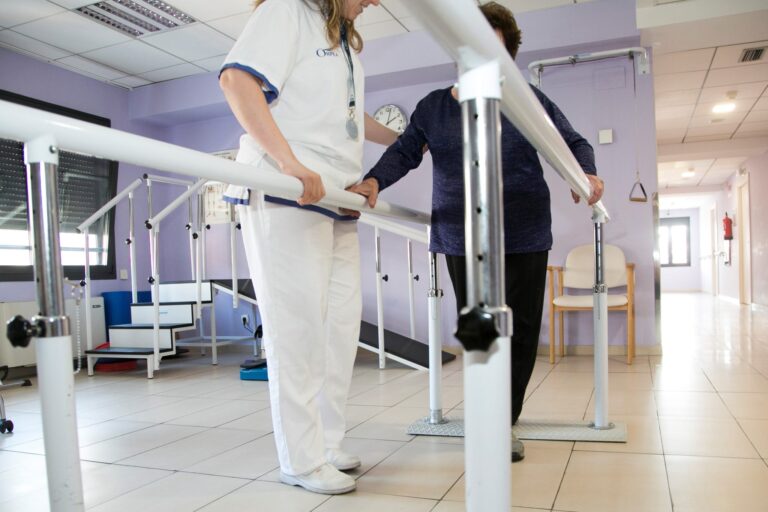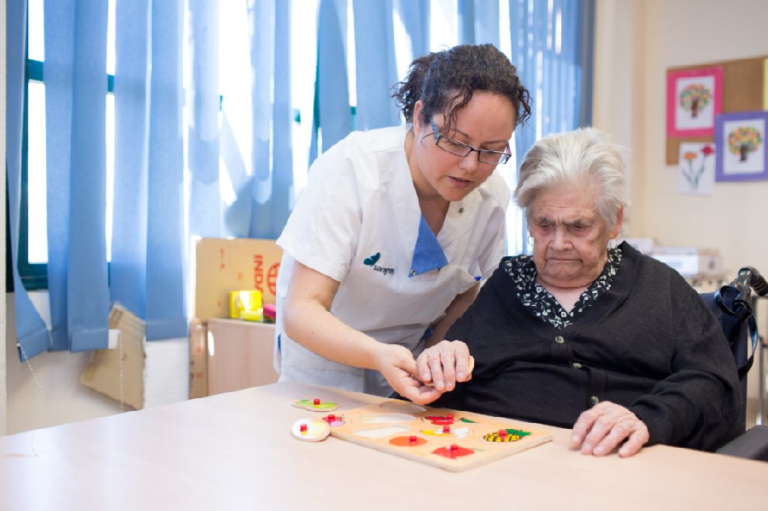Trochanteritis, also known as trochanteric bursitis, is a condition that causes pain in the hip, specifically in the area of the greater trochanter, which is the most prominent part of the femur. This problem can significantly affect quality of life, making daily activities such as walking or sitting difficult. Below, we will explore in detail what trochanteritis is, its causes, symptoms, and the best treatment options to relieve pain.
What is trochanteritis?
Hip trochanteritis is an inflammation of the trochanteric bursa, a small fluid-filled sac located between the greater trochanter of the femur and the muscles and tendons that surround it. This bursa acts as a shock absorber, reducing friction during hip movement. When it becomes inflamed, it causes hip pain and tenderness in the lateral area. Trochanteritis can develop gradually or appear suddenly, depending on the underlying cause.
What are the causes of trochanteritis?
There are several causes of trochanteritis, some of which are mechanical, while others may be related to emotional factors. Common causes include:
- Mechanical overload: Repetitive movements or overload on the hip can lead to inflammation of the bursa. This is common in people who practice sports such as running or cycling, or in those who perform work activities that require standing or walking for long periods.
- Injuries: A direct blow to the hip or a fall can cause trochanteritis. Even a bad movement during physical activity can trigger this condition.
- Postural problems: Poor alignment of the pelvis or a discrepancy in leg length can increase friction in the bursa, leading to its inflammation.
- Emotional causes: The emotional causes of trochanteritis are also relevant. Stress and anxiety can cause muscle tension in the hip, which aggravates inflammation of the bursa. In fact, stress trochanteritis is an increasingly recognized phenomenon, where emotional tensions contribute to physical pain.
What are its main symptoms?
The symptoms of trochanteritis usually manifest as pain in the lateral part of the hip, which can radiate to the thigh or even the knee. Other common symptoms include:
- Pain when pressing on the greater trochanter area.
- Pain that worsens when walking, climbing stairs, or standing for a long time.
- Feeling of stiffness in the hip, especially in the morning or after a period of inactivity.
- Pain that increases when lying on the affected side.

Best treatment for trochanteritis
Treatment of trochanteritis is usually focuses on relieving inflammation and reducing pain. Some of the most effective options include:
- Rest and modification of activities: Reducing the activity that causes pain is essential. Avoiding repetitive movements and resting the hip can help reduce inflammation.
- Ice therapy and anti-inflammatories: Applying ice to the affected area and the use of non-steroidal anti-inflammatory drugs (NSAIDs) can be effective in reducing pain and inflammation.
- Physiotherapy treatment: Physiotherapy is one of the most recommended treatments for trochanteritis. A physical therapist can design a specific trochanteritis trochanteritis exercises program to strengthen the hip muscles and improve flexibility, helping to reduce pressure on the inflamed bursa. They may also apply techniques such as manual therapy or ultrasound to relieve pain.
- Corticosteroid injections: In more severe cases, corticosteroid injections can help reduce inflammation more quickly and effectively.
Is it good to walk with trochanteritis?
The answer to this question depends on the intensity of the pain and the degree of inflammation. In general, it is important to avoid activities that aggravate symptoms. Walking with trochanteritis can be beneficial if done moderately and with appropriate footwear, but if the pain worsens, it is better to reduce activity and seek treatment.
In addition, it is essential to avoid prohibited exercises, such as running or sudden movements, which can increase inflammation.
Can trochanteritis be cured?
Yes, trochanteritis is cured in most cases with proper treatment. It is essential to follow a complete treatment plan, including rest, physical therapy, and lifestyle changes to avoid relapse. Additionally, addressing the emotional causes of trochanteritis, such as stress, may be key to a successful recovery.
In summary, hip trochanteritis is a painful but treatable condition. With the right approach, including physical therapy, stress management, and activity modification, it is possible to relieve pain and regain mobility.






